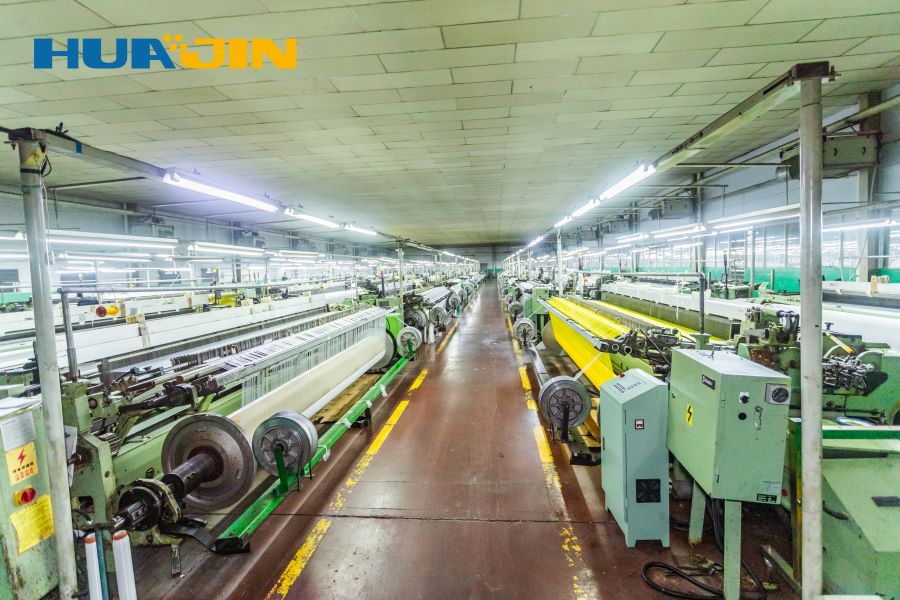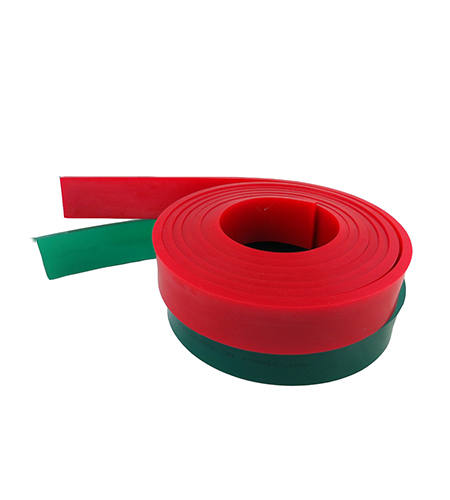① Screen printing can use many types of inks. Namely: oily, water-based, synthetic resin emulsion type, powder and other types of inks.
②The layout is soft. The screen printing layout is soft and has a certain flexibility not only for printing on soft objects such as paper and cloth, but also for printing on hard objects, such as glass, ceramics, etc.
③Silk-screen printing has low printing force. Since the pressure used in printing is small, it is also suitable for printing on fragile objects.
④The ink layer is thick and the covering power is strong.
⑤ It is not limited by the surface shape and area of the substrate. It can be seen from the foregoing that screen printing can not only print on flat surfaces, but also on curved or spherical surfaces; it is not only suitable for printing on small objects, but also for printing on very large objects. This printing method has great flexibility and wide applicability.

The disadvantages of screen printing are as follows:
1. Single color
Silk screen printing can only print one color at a time, which is well known. For multi-color printing, it is necessary to carry out complex and cumbersome color registration! Color registration requires relatively high technical requirements. There are relatively few technicians in this area. It is better to have fewer colors. If you need to print four or five colors at a time, inaccurate color registration will inevitably occur. In this way, the scrap rate of the product is increased, and the cost is correspondingly increased. But like the pattern with more than four colors or with gradual color, silk screen is only beyond the reach!
2. Small batch
Everyone knows that if you want to print patterns on silk screen, you must have a set of procedures that cannot be saved. That is plate making and film production. If the amount is small, these costs are quite high. Therefore, most screen printing companies do not take small jobs, mainly because the cost is too high!
3. Radian limit
Screen printing, this process is more effective for relatively flat products, and it is more troublesome if it has some unevenness.
4. Uncontrollable ink volume
As we all know, some products need to maintain their original state while printing, especially textile products. After printing, many customers want to maintain the texture of textiles, which is difficult to achieve with silk screen printing.
2. Glass screen printing process and requirements
The screen printing process of glass is based on the principle of screen printing, printing ink on the surface of the glass, and then using the curing measures of the ink, the printed case is firm and durable.
The process flow is as follows: stretch screen → sizing → drying → exposure → development → drying ↓ flat glass → cutting → edging → cleaning and drying → printing → sintering
1. Glass suitable for printing
According to the user's requirements, the glass can be cut in a regular shape or an irregular shape, and then chamfered and ground, then cleaned and dried for use.
Special attention should be paid here, there should be no water marks on the glass surface.
2. Selection of silk screen
The screen printing plate for glass printing is the same as the general screen printing plate. The glass screen printing plate uses synthetic fiber screen, stainless steel screen, and natural fiber screen.
When printing general pigments, the above screens can be used, and cheap synthetic fiber screens are generally used;
When used as gold and silver decoration, stainless steel wire Mesh cannot be selected.
The specifications of the wire Mesh are generally 270-300 Mesh.
3. Selection of screen frame
At present, the relatively regular and less deformed screen frame is an aluminum alloy frame, and its size should be larger than the case.The specific size should be that the outer edge of the case should be between 70 and 100mm from the screen frame.
In addition, the strength of the screen frame is very important, and the key is that the rigidity in the horizontal direction is sufficient.
4. Selection of Stretching Net
Combining the silk screen and the screen frame, this is the stretched net.
There are many ways to stretch the screen.Manual, motorized, and pneumatic methods can be used.At present, the more advanced one that can stretch high-quality screens is the pneumatic stretcher.
The requirement of the stretched net is that the tension is uniform, the warp and weft of the net are kept vertical, and the glue of the net must be firm and not loose.
3. Related concepts
Wire Mesh is a large classification of various types of silk and silk products, and is a general term for monofilament and screen Mesh. Silk mainly refers to the silk processed with metal, synthetic fiber, etc.; the net is the net with different shapes, densities and specifications woven according to different methods and woven with silk as the raw material. With the rapid development of science and technology, wire Mesh is used in petroleum, chemical, automobile, paper, food, construction, aviation, aerospace and other industries and high-tech fields.



